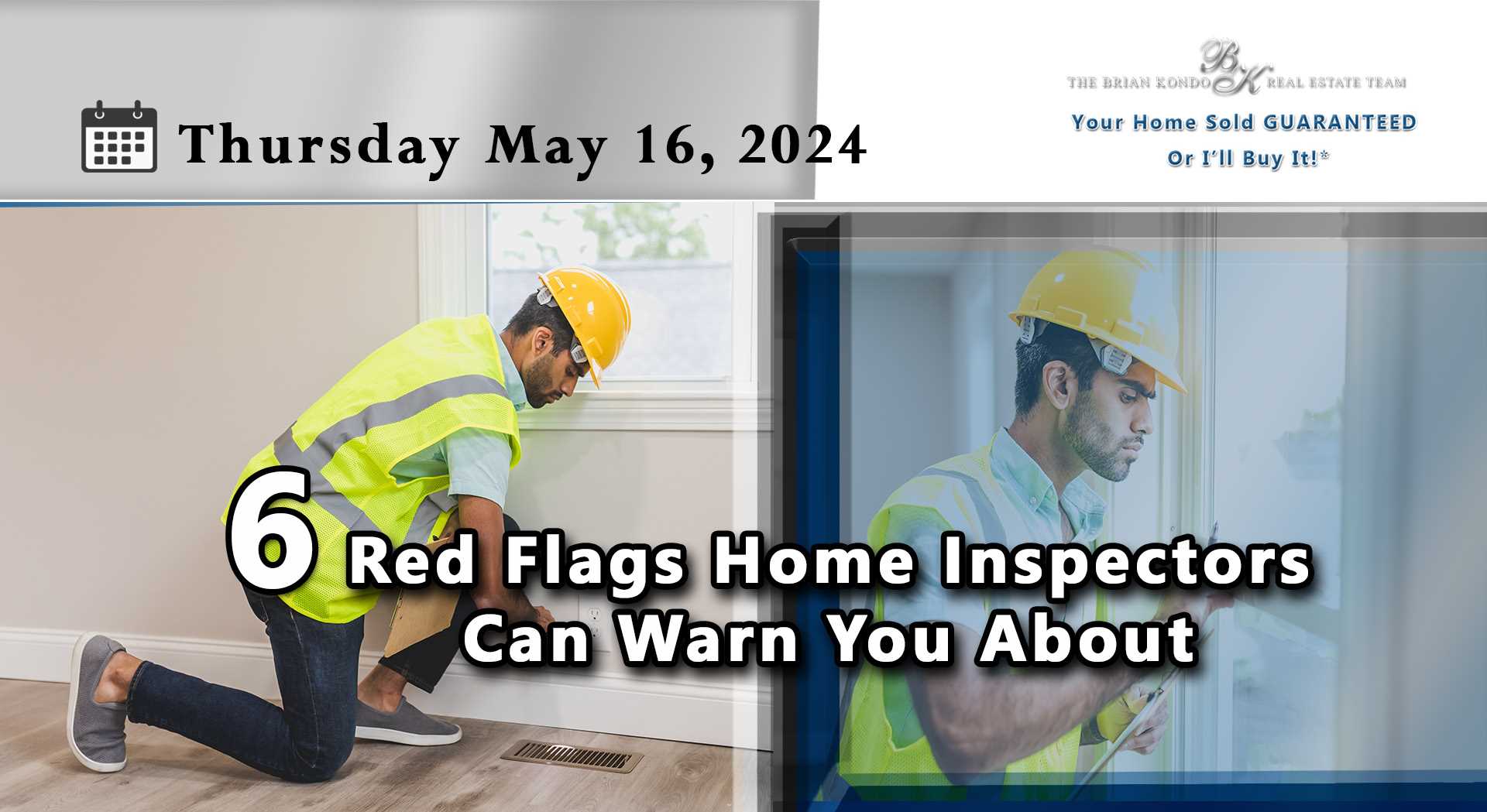By Mary Ann Boateng for REALTOR.ca
When putting in an offer on a home, one condition that’s almost always included is a home inspection. Although not mandatory, it’s always recommended because it can save you headaches down the road. As a potential buyer, you want to make sure there aren’t any red flags with a home’s electrical, plumbing, foundation, and structure.
InterNACHI® is the world’s leading association for home inspectors. Similar to a REALTOR®, InterNACHI® licensed professionals stay-up-to-date with industry trends and adhere to a comprehensive standard of practice. Canada’s arm of this organization is CanNACHI®. Whether you’re a buyer or seller, if you’re looking for a professional to perform a home inspection, if possible, be sure to reach out to one who has this licence.
Home inspectors look at many different elements within a home, and there are some areas they pay more attention to than others. Below are some top issues they can spot, sometimes even before walking through the door.
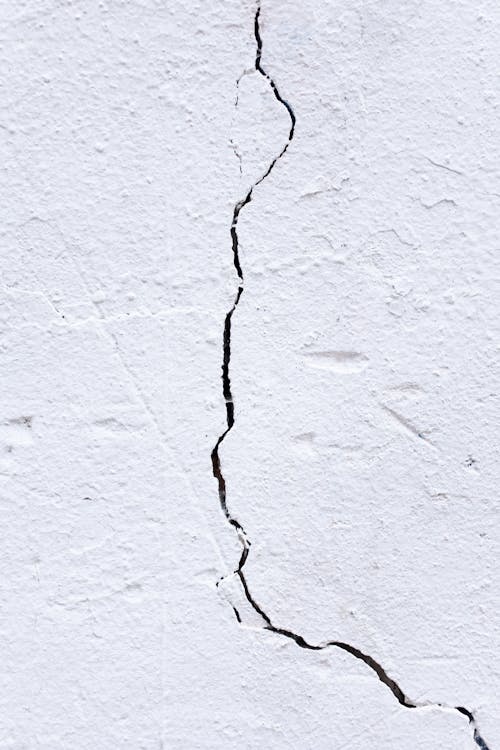
1. Cracks in the drywall and foundation
Old or new, most homes will have minor cracks. Although the thought of seeing cracks in a wall or floor might put you off, Shawn Anderson, CanNACHI®-certified owner of The Inspector in Vancouver, British Columbia, says “most drywall cracks are due to settlement or poor installation and are not often a cause for concern.” The location, shape, size and direction of a crack is also important.
• “Horizontal, uneven, and/or diagonal cracks could be an indication of movement,” says Anderson, “as well as cracks in the foundation which could be a possible sign of a major problem.”
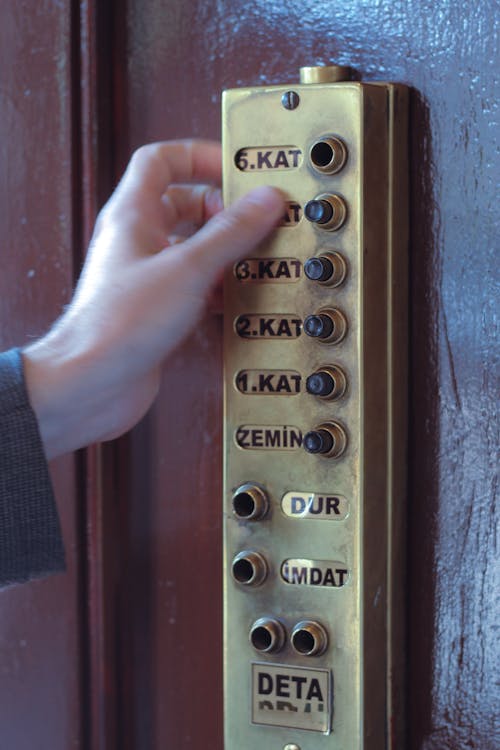
2. Electrical work
The most common electrical issue Anderson sees during an inspection is unsafe electrical installations.
He says, “often the wrong size breaker is installed or multiple circuits on one breaker (also known as double tapping).” Flickering lights can also be an indication of poor electrical work.
• Both of these issues are a safety concern because they can cause damage to electrical infrastructure. Although it’s harder for an untrained eye to spot electrical issues, some easy ones to look for during a walkthrough include flickering lights, loud buzzing sounds, and crowded or tangled wiring.
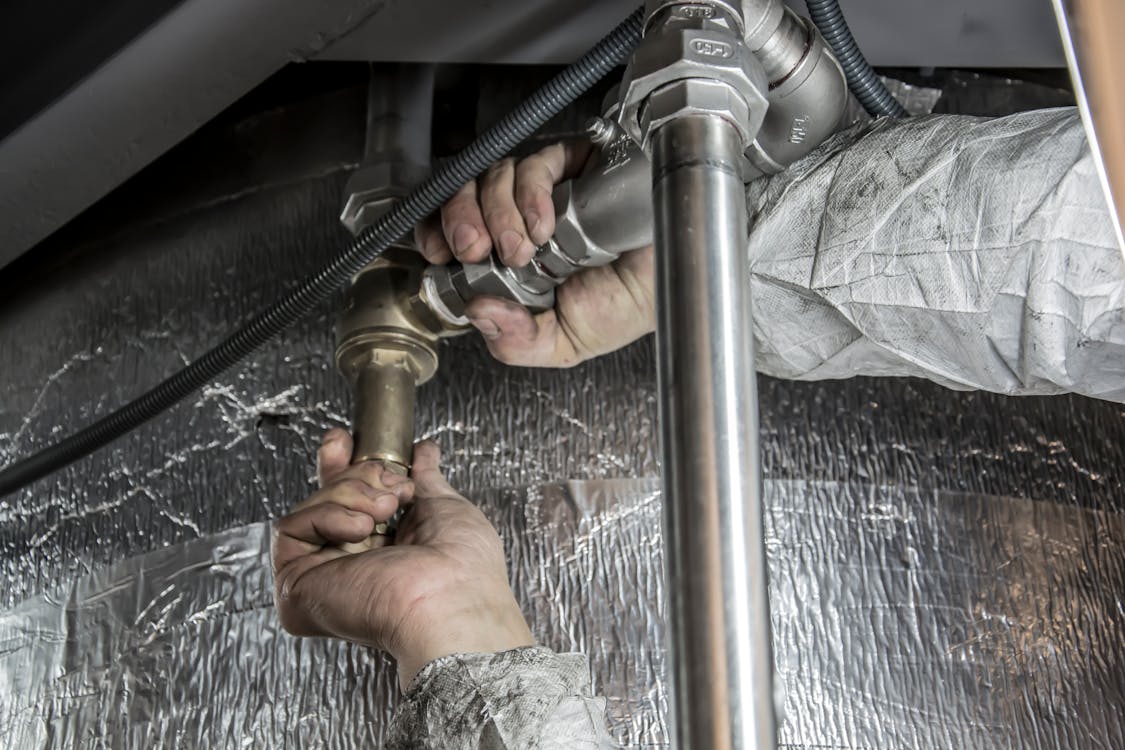
3. Plumbing
When it comes to plumbing, inspectors will take a look at the hot water tank, drainage system, fixtures, metres, and valves. Hot water tanks last about 10 years, so if your prospective home is nearing this age, be aware you may need to replace the tank. Your home inspector will be able to spot an aging plumbing system, and give you an idea of when it might need to be repaired.
• Moisture in the walls can be a big indicator of a plumbing issue, so if a home inspector spots this, they consider it a red flag almost immediately. Moisture could also mean the presence of mould, which is another big issue.
Checking water pressure is also important. Too much or not enough pressure can damage the fixtures and pipes. Although it’s best to get a professional’s opinion, if you want to test this on your own there are “easy devices available on sites like Amazon that attach to the end of a faucet to shower neck,” says Anderson.
4. HVAC systems
Home inspectors also spend time examining the heating, ventilation, and air conditioning (HVAC) of a home. An inspector will check to see if there are any immediate issues with the thermostat and controls, wiring system, as well as the fan, gas lines, and electrical current.
• Open windows (at a time of year when it seems a bit odd to do so) could be an indicator of an ill-working HVAC system, as homeowners may be trying distract from the system’s inability to regulate temperature. Dents in the metal, peeling duct tape, loose seams, and torn or collapsed sections of flex ducts could also be indicators the system hasn’t been properly maintained during the current homeowners’ tenure.
Many home inspectors can perform HVAC checks, and in some instances, it may be a good idea to bring in a professional who specializes in this space.

5. Roof issues
The roof is one of the first things you see when walking up to a house, and arguably one of the most important to make sure is in good shape. A home inspector will likely climb on top of the roof to get a closer look. They’ll look for things like missing or warped shingles, too much caulk or sealant, and make sure the flashing is in good shape. Flashing is a thin piece of metal installed to keep water away from the walls and chimney.
• Two other roof issues that can occur are moss and a saggy roof. Which one is worse you ask? Anderson says that although moss can cause premature deterioration, it can be cleaned, but a sagging roof is much more serious and requires investigation to determine its cause.
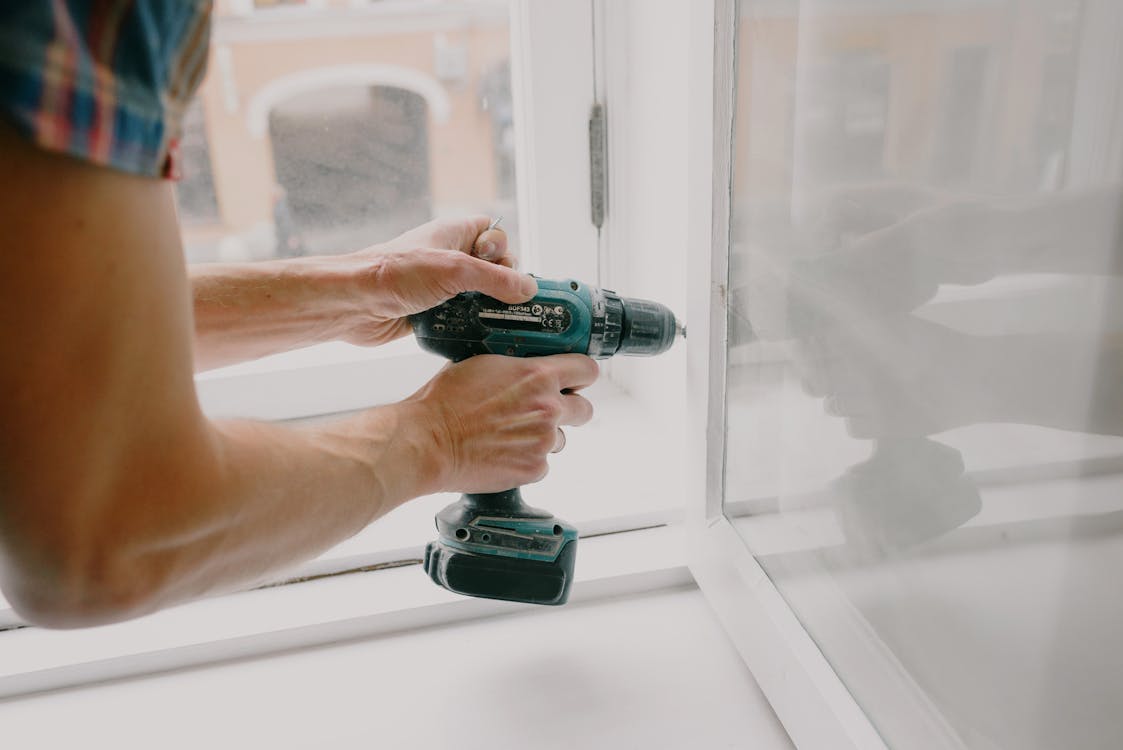
6. DIY home repairs
Any time you do a home repair by yourself, you’re risking major red flags come home inspection time. While doing the repairs yourself, or through an unlicensed professional, might save you costs upfront, they can seriously impact the result of a home inspection and end up being the reason a sale falls through.
• The red flags here depend on the project, but typically things like disorganized electrical wires, outlets installed too close to water sources, cracked or jagged tiles around corners, furniture placed in odd spots to hide damage to walls or unsightly warped floors, can all indicate a DIY project which could lead to larger issues and discoveries.
This isn’t to say you can’t do any types of repairs yourself, but when it comes to things that affect the functionality—especially electrical, plumbing or structural projects—it’s best to leave it to the pros.
Before buying a home, getting a home inspection by a licensed CanNACHI® professional is essential. Not only does it help identify major red flags that could end a deal, but it also gives you insight to potential issues that may come down the line if you chose to go through with the purchase. Moreover, you can have time to budget and prepare for maintenance and potential future upgrades. Finally, a home inspection can also give you leverage during the negotiating process to get you that perfect price.
Mary Ann Boateng article was initially published on REALTOR.ca. You can find it by clicking here.
| REALTOR.ca is the most popular and most trusted real estate website in Canada. Owned and operated by the Canadian Real Estate Association (CREA), REALTOR.ca provides up-to-date and reliable information that makes finding your dream property easy and enjoyable. REALTOR.ca is popular with sellers, buyers, and renters and is accessible online and on mobile devices. |
|
|
About the Author Mary Ann Boateng is a Toronto-based senior copywriter with experience working in fast-paced advertising and marketing environments. When she’s not working, Mary Ann loves trying new recipes, attending concerts and finding new hiking spots. |
Thanks for reading today’s BLOG!!!

Brian Kondo
Sales Representative / Team Leader
The Brian Kondo Real Estate Team
Re/Max Hallmark First Group Realty Ltd.
905-683-7800 office
905-426-7484 direct
brian@briankondo.com
www.BrianKondo.com
www.BrianKondoTeam.com
Homesellers - Find Out What Homes in Your Neighbourhood are Selling For! You can receive a FREE computerized printout of ALL recent Home Sales and Current Listings in your neighbourhood. Click here!
Best Buy Hotlist - You can receive a FREE list of the 10 Best Buys in your
specific price range sent to you at No COST or OBLIGATION.
Click here!
Your Home Sold Guaranteed or I'll Buy It!* No Gimmicks! For a Free Special Report that Details my Guaranteed Sale Program, visit: www.BriansGuaranteedSaleProgram.com.
Remember, your referrals change lives! We donate a portion of our income on every home sale to a great worthy cause like SickKids Hospital. To find out more visit: www.ReferForSickKids.com.
If you or anyone you know is considering making a move in the next little while, give me a call or pass on my number ... 905-683-7800 (Office) or 905-426-7484 (Direct).
#HomeInspection #InspectingTheHouse #InspectionDay #CurbAppeal #HomeEvaluation #FreeHomeEvaluation #HomeAppraisal #HouseAppraise #HouseInspection

